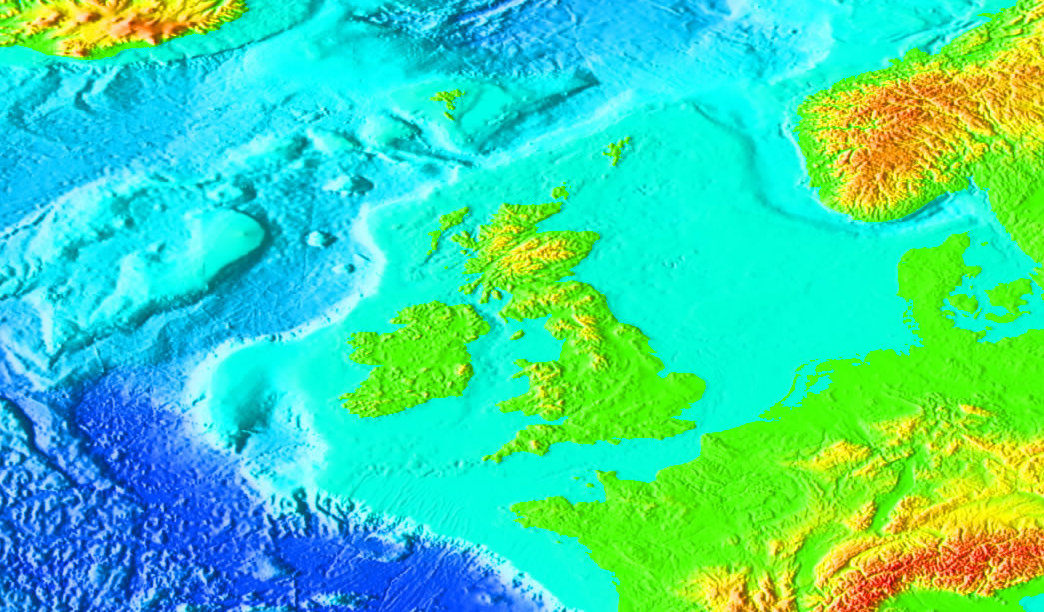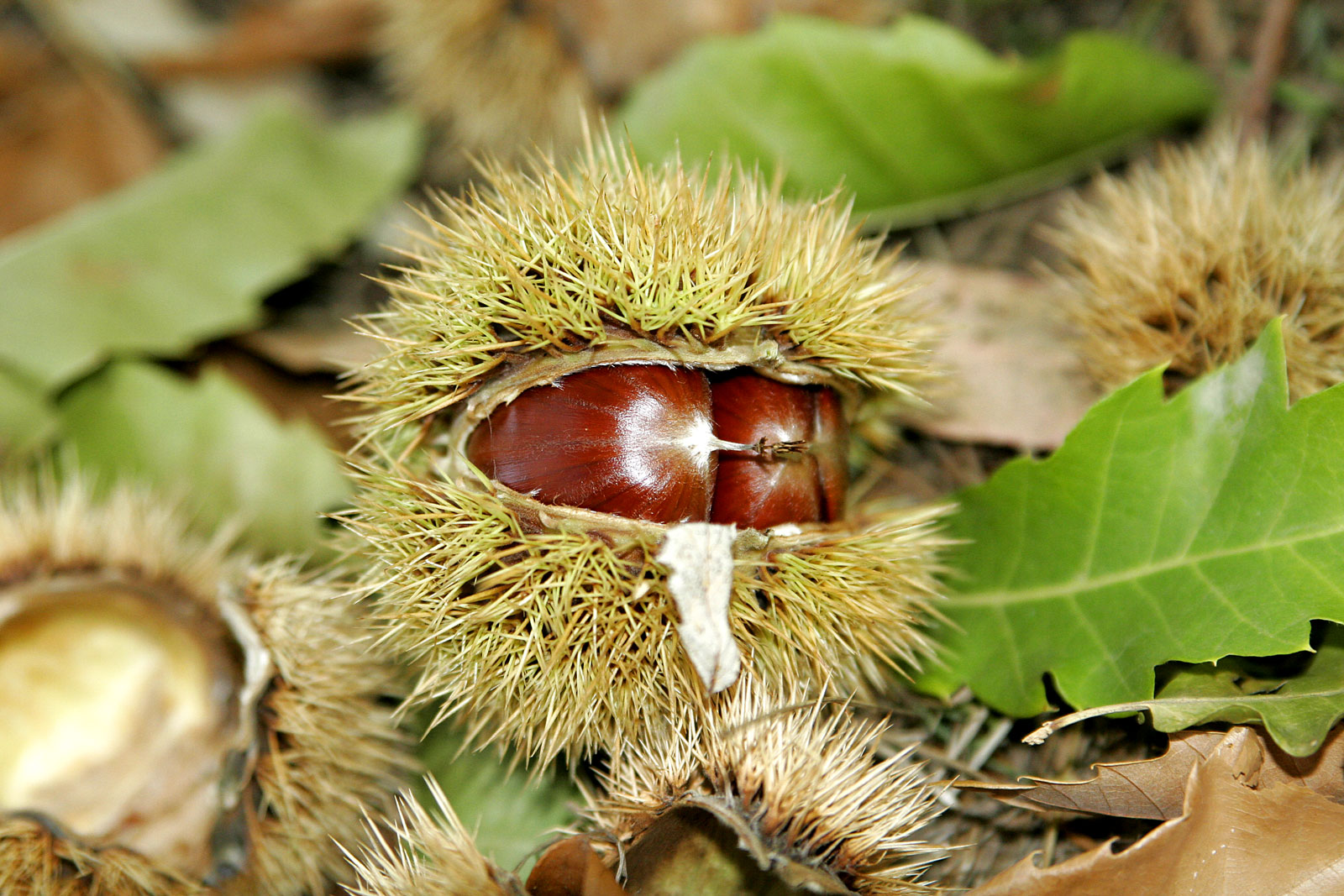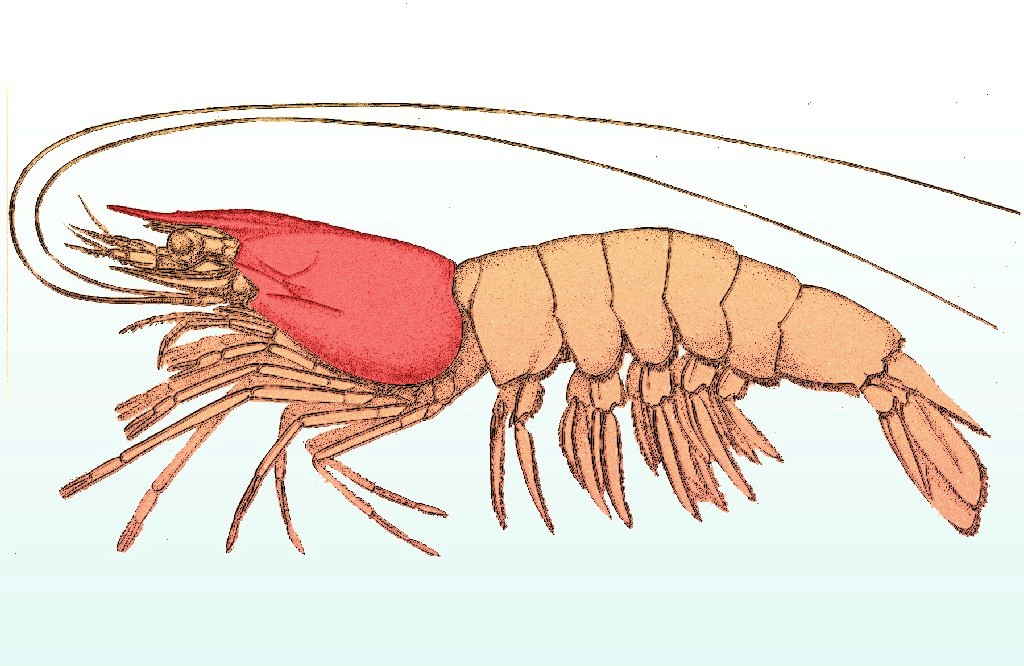|
Macropodia Tenuirostris
''Macropodia tenuirostris'', also known as the slender spider crab, is a species of marine crab in the family Inachidae. Description Adult ''M. tenuirostris'' reach a carapace breadth of 11 millimeters, and a carapace length of 16 to 32 millimeters. The carapace is chestnut in color and triangular in shape. Its surface is smooth to slightly coarse. The frontal region − its rostrum − is thick, long, very narrow, slightly bent upwards, and contains numerous hook-setae. From a dorsal view, the eyestalks are clearly visible. Aside from the chelipeds, large in males and slender in females, the limbs are long and thin, with the dactylus of the fourth and fifth legs fairly bent. Ecology and biology The slender spider crab is a free living, solitary, epibenthic, and gonochoristic omnivore. It has a life span of 3 to 5 years, with the duration of the larval development of 11 to 30 days. It can be found in European waters, from the Faroe Islands to Portugal, most commonly around th ... [...More Info...] [...Related Items...] OR: [Wikipedia] [Google] [Baidu] |
Animal
Animals are multicellular, eukaryotic organisms in the Kingdom (biology), biological kingdom Animalia. With few exceptions, animals Heterotroph, consume organic material, Cellular respiration#Aerobic respiration, breathe oxygen, are Motility, able to move, can Sexual reproduction, reproduce sexually, and go through an ontogenetic stage in which their body consists of a hollow sphere of Cell (biology), cells, the blastula, during Embryogenesis, embryonic development. Over 1.5 million Extant taxon, living animal species have been Species description, described—of which around 1 million are Insecta, insects—but it has been estimated there are over 7 million animal species in total. Animals range in length from to . They have Ecology, complex interactions with each other and their environments, forming intricate food webs. The scientific study of animals is known as zoology. Most living animal species are in Bilateria, a clade whose members have a Symmetry in biology#Bilate ... [...More Info...] [...Related Items...] OR: [Wikipedia] [Google] [Baidu] |
Marine Life Information Network
The Marine Life Information Network (MarLIN) is an information system for marine biodiversity for Great Britain and Ireland. MarLIN was established in 1998 by the Marine Biological Association together with the environmental protection agencies and academic institutions in Britain and Ireland. The MarLIN data access programme has now become the DASSH Marine Data Archive Cantre. DASSH is built on the existing extensive data and dissemination skills of the Marine Life Information Network (MarLIN), the library and information services of the National Marine Biological Library National may refer to: Common uses * Nation or country ** Nationality – a ''national'' is a person who is subject to a nation, regardless of whether the person has full rights as a citizen Places in the United States * National, Maryland, ce ... (NMBL) and the MBA's historical role in marine science. References {{ocean-stub Biology organisations based in the United Kingdom Information systems In ... [...More Info...] [...Related Items...] OR: [Wikipedia] [Google] [Baidu] |
Sertularella
''Sertularella'' is a genus of hydroids in the family Sertulariidae. Species The following species are classed in this genus: *'' Sertularella acutidentata'' Billard, 1919 *'' Sertularella africana'' Stechow, 1919 *'' Sertularella agulhenis'' Millard, 1964 *'' Sertularella albida'' Kirchenpauer, 1884 *'' Sertularella allmani'' Hartlaub, 1901 *'' Sertularella ampullacea'' Fraser, 1938 *'' Sertularella anguina'' Vervoort, 1993 *'' Sertularella annulata'' (Allman, 1888) *'' Sertularella antarctica'' Hartlaub, 1901 *'' Sertularella arbuscula'' (Lamouroux, 1816) *'' Sertularella areyi'' Nutting, 1904 *'' Sertularella asymmetra'' Galea & Schories, 2014 *'' Sertularella avrilia'' Watson, 1973 *'' Sertularella billardi'' Vervoort, 1993 *'' Sertularella bipectinata'' Vervoort, 1993 *'' Sertularella blanconae'' El Beshbeeshy, 2011 *'' Sertularella brandti'' Linko, 1912 *'' Sertularella calderi'' Galea, 2013 *'' Sertularella capensis'' Millard, 1957 *'' Sertularella catena'' (Allman, 18 ... [...More Info...] [...Related Items...] OR: [Wikipedia] [Google] [Baidu] |
Estuary
An estuary is a partially enclosed coastal body of brackish water with one or more rivers or streams flowing into it, and with a free connection to the open sea. Estuaries form a transition zone between river environments and maritime environments and are an example of an ecotone. Estuaries are subject both to marine influences such as tides, waves, and the influx of saline water, and to fluvial influences such as flows of freshwater and sediment. The mixing of seawater and freshwater provides high levels of nutrients both in the water column and in sediment, making estuaries among the most productive natural habitats in the world. Most existing estuaries formed during the Holocene epoch with the flooding of river-eroded or glacially scoured valleys when the sea level began to rise about 10,000–12,000 years ago. Estuaries are typically classified according to their geomorphological features or to water-circulation patterns. They can have many different names, such as bay ... [...More Info...] [...Related Items...] OR: [Wikipedia] [Google] [Baidu] |
British Isles
The British Isles are a group of islands in the North Atlantic Ocean off the north-western coast of continental Europe, consisting of the islands of Great Britain, Ireland, the Isle of Man, the Inner and Outer Hebrides, the Northern Isles (Orkney and Shetland), and over six thousand smaller islands. They have a total area of and a combined population of almost 72 million, and include two sovereign states, the Republic of Ireland (which covers roughly five-sixths of Ireland), and the United Kingdom of Great Britain and Northern Ireland. The Channel Islands, off the north coast of France, are normally taken to be part of the British Isles, even though geographically they do not form part of the archipelago. Under the UK Interpretation Act 1978, the Channel Islands are clarified as forming part of the British Islands, not to be confused with the British Isles. The oldest rocks are 2.7 billion years old and are found in Ireland, Wales and the north-west of Scotland. Du ... [...More Info...] [...Related Items...] OR: [Wikipedia] [Google] [Baidu] |
Portugal
Portugal, officially the Portuguese Republic, In recognized minority languages of Portugal: :* mwl, República Pertuesa is a country located on the Iberian Peninsula, in Southwestern Europe, and whose territory also includes the Macaronesian archipelagos of the Azores and Madeira. It features the westernmost point in continental Europe, its mainland west and south border with the North Atlantic Ocean and in the north and east, the Portugal-Spain border, constitutes the longest uninterrupted border-line in the European Union. Its archipelagos form two autonomous regions with their own regional governments. On the mainland, Alentejo region occupies the biggest area but is one of the least densely populated regions of Europe. Lisbon is the capital and largest city by population, being also the main spot for tourists alongside Porto, the Algarve and Madeira. One of the oldest countries in Europe, its territory has been continuously settled and fought over since prehistoric tim ... [...More Info...] [...Related Items...] OR: [Wikipedia] [Google] [Baidu] |
Faroe Islands
The Faroe Islands ( ), or simply the Faroes ( fo, Føroyar ; da, Færøerne ), are a North Atlantic archipelago, island group and an autonomous territory of the Danish Realm, Kingdom of Denmark. They are located north-northwest of Scotland, and about halfway between Norway ( away) and Iceland ( away). The islands form part of the Kingdom of Denmark, along with mainland Denmark and Greenland. The islands have a total area of about with a population of 54,000 as of June 2022. The terrain is rugged, and the Oceanic climate#Subpolar variety (Cfc), subpolar oceanic climate (Cfc) is windy, wet, cloudy, and cool. Temperatures for such a northerly climate are moderated by the Gulf Stream, averaging above freezing throughout the year, and hovering around in summer and 5 °C (41 °F) in winter. The northerly latitude also results in perpetual civil twilight during summer nights and very short winter days. Between 1035 and 1814, the Faroe Islands were part of the Kingdo ... [...More Info...] [...Related Items...] OR: [Wikipedia] [Google] [Baidu] |
Europe
Europe is a large peninsula conventionally considered a continent in its own right because of its great physical size and the weight of its history and traditions. Europe is also considered a subcontinent of Eurasia and it is located entirely in the Northern Hemisphere and mostly in the Eastern Hemisphere. Comprising the westernmost peninsulas of Eurasia, it shares the continental landmass of Afro-Eurasia with both Africa and Asia. It is bordered by the Arctic Ocean to the north, the Atlantic Ocean to the west, the Mediterranean Sea to the south and Asia to the east. Europe is commonly considered to be separated from Asia by the watershed of the Ural Mountains, the Ural River, the Caspian Sea, the Greater Caucasus, the Black Sea and the waterways of the Turkish Straits. "Europe" (pp. 68–69); "Asia" (pp. 90–91): "A commonly accepted division between Asia and Europe ... is formed by the Ural Mountains, Ural River, Caspian Sea, Caucasus Mountains, and the Blac ... [...More Info...] [...Related Items...] OR: [Wikipedia] [Google] [Baidu] |
Dactylus
The dactylus is the tip region of the tentacular club of cephalopods and of the leg of some crustaceans (see arthropod leg). In cephalopods, the dactylus is narrow and often characterized by the asymmetrical placement of suckers (i.e., the ventral expansion of the club) and the absence of a dorsal protective membrane. In crustaceans, the dactylus is the seventh and terminal segment of their thoracic appendages. In certain instances the dactylus, together with the propodus, form the claw. The term ''dactylus'' means "finger" in Greek Greek may refer to: Greece Anything of, from, or related to Greece, a country in Southern Europe: *Greeks, an ethnic group. *Greek language, a branch of the Indo-European language family. **Proto-Greek language, the assumed last common ancestor .... References Cephalopod zootomy Crustacean anatomy {{Animal anatomy-stub ... [...More Info...] [...Related Items...] OR: [Wikipedia] [Google] [Baidu] |
Chela (organ)
A chela ()also called a claw, nipper, or pinceris a pincer-like organ at the end of certain limbs of some arthropods. The name comes from Ancient Greek , through New Latin New Latin (also called Neo-Latin or Modern Latin) is the revival of Literary Latin used in original, scholarly, and scientific works since about 1500. Modern scholarly and technical nomenclature, such as in zoological and botanical taxonomy ... '. The plural form is chelae. Legs bearing a chela are called chelipeds. Another name is ''claw'' because most chelae are curved and have a sharp point like a claw. Chelae can be present at the tips of arthropod legs as well as their pedipalps. Chelae are distinct from spider chelicerae in that they do not contain venomous glands and cannot distribute venom. See also * Pincer (biology) * Pincer (tool) References Arthropod anatomy {{Arthropod-anatomy-stub ... [...More Info...] [...Related Items...] OR: [Wikipedia] [Google] [Baidu] |
Chestnut (color)
Chestnut or castaneous is a colour, a medium reddish shade of brown (displayed right), and is named after the nut of the chestnut tree. An alternate name for the colour is badious. Indian red is a similar but separate and distinct colour from ''chestnut''. Chestnut is also a very dark tan that almost appears brown. Etymology The name ''chestnut'' derives from the color of the nut of the chestnut tree. The first recorded use of ''chestnut'' as a color term in English was in 1555. The color maroon is also named after the chestnut (via French ''marron''). Variations of chestnut Deep chestnut Deep chestnut is the color called ''chestnut'' in Crayola crayons. This colour was also produced in a special limited edition in which it was called Vermont maple syrup. At the request of educators worried that children (mistakenly) believed the name represented the skin colour of Native Americans, Crayola changed the name of their crayon colour "Indian Red", origi ... [...More Info...] [...Related Items...] OR: [Wikipedia] [Google] [Baidu] |
Carapace
A carapace is a dorsal (upper) section of the exoskeleton or shell in a number of animal groups, including arthropods, such as crustaceans and arachnids, as well as vertebrates, such as turtles and tortoises. In turtles and tortoises, the underside is called the plastron. Crustaceans In crustaceans, the carapace functions as a protective cover over the cephalothorax (i.e., the fused head and thorax, as distinct from the abdomen behind). Where it projects forward beyond the eyes, this projection is called a rostrum. The carapace is calcified to varying degrees in different crustaceans. Zooplankton within the phylum Crustacea also have a carapace. These include Cladocera, ostracods, and isopods, but isopods only have a developed "cephalic shield" carapace covering the head. Arachnids In arachnids, the carapace is formed by the fusion of prosomal tergites into a single plate which carries the eyes, ocularium, ozopores (a pair of openings of the scent gland of Opilione ... [...More Info...] [...Related Items...] OR: [Wikipedia] [Google] [Baidu] |





